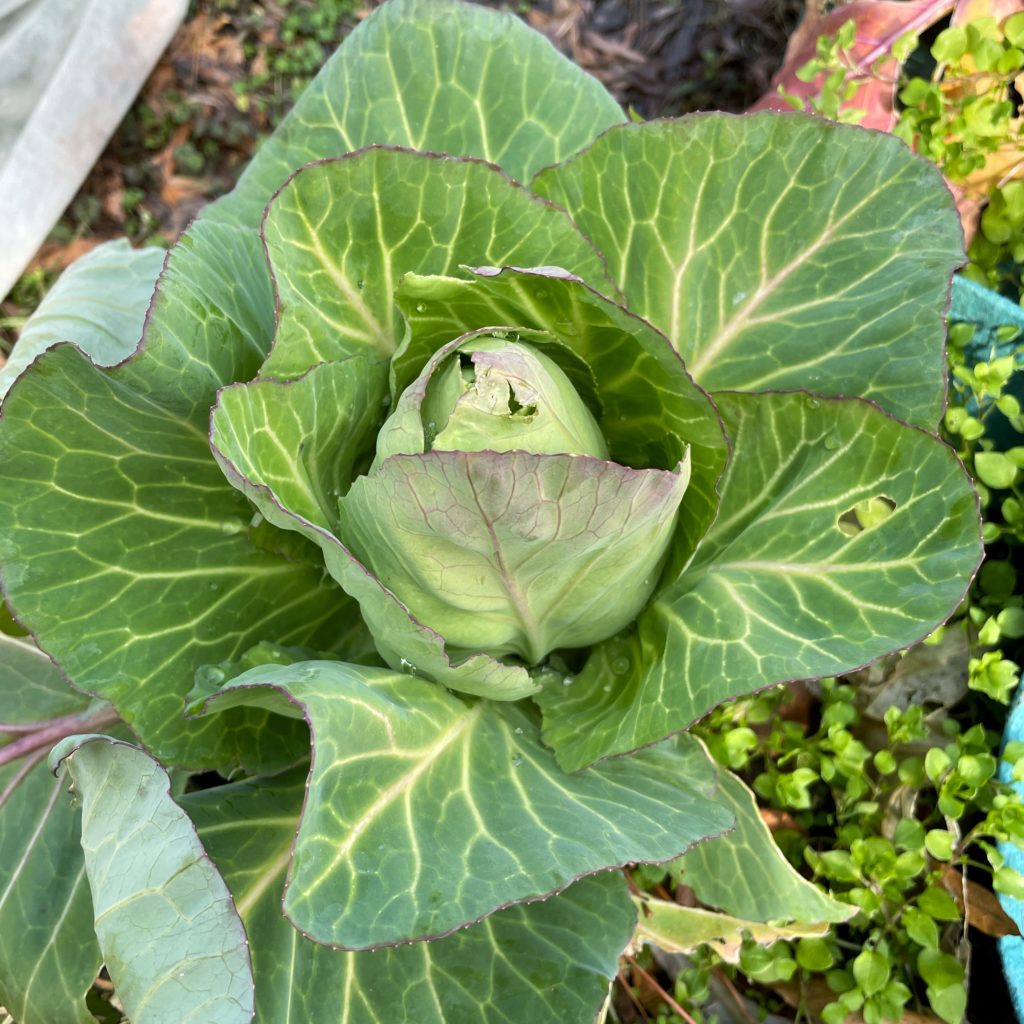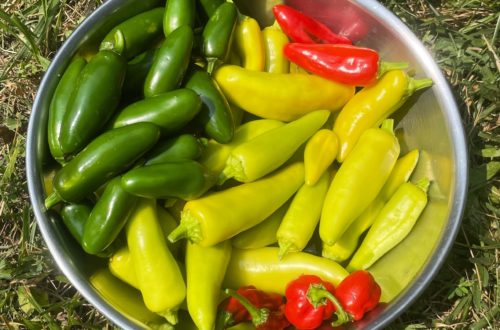Growing the Garden
Outside of fiber arts and living history activities, I’ve always had an interest in plants and gardening. Between college and grad school, I even worked at a garden center near where I lived. I’ve had houseplants since college, and the number of plants in the house increased significantly while I’ve been staying close to home due to Covid. With today’s temperatures in the 70s (there’s more cool temperatures left until it’s really spring), I started reflecting on the past year’s garden and thinking about what I want to do this year.
Last spring, I put in my largest garden to date. Not having events to go to, it gave me something to do outside and keep me active. I added a third raised bed and some grow bags and pots. I put in several types of tomatoes, peppers, cucumbers, and other vegetables. I planted two small blueberry bushes. I even tried growing potatoes. As it turned out, the squirrels got most of the tomatoes, and the peppers didn’t produce until late in the summer, though they were prolific when they finally started producing. We only got a handful of fingerling potatoes – I haven’t decided if I want to try them again.
After these challenges over the summer, I set my sights a little lower for fall/winter planting. I put in some cabbages, broccoli, cauliflower, lettuce, kale, and planted garlic for the spring. The deer ate most of the broccoli and cauliflower, and the lettuce didn’t get very large. We did get three small heads of cabbage though.

The first full year in a gardening space is always a learning experience. I need to clear a bit more brush to get the garden more light, and add more soil to the beds. I also need to net/fence them to keep the deer out a bit better.
I decided to expand via more grow bags, rather than deal with the increase in lumber costs and the relative immobility of a raised bed. The plants that grew in the grow bags this summer and fall also did a somewhat better than those in the raised beds. The tomatoes were especially crowded in the beds – I ended up with tomato thickets that were hard to manage. Grow bags will let the plants spread out a bit more, and hopefully produce better.
I’ll do a couple types of tomatoes again this year, along with more peppers. I especially need to try planting some of the fish pepper seeds I’ve got on hand. The heirloom varieties seem to have done a little better this past year, so I’ll probably do more heirlooms than modern hybrids. I’ll also try to wait a bit later to plant things out – I had tomatoes and peppers in the ground in mid-March (last frost is mid-April), so we were juggling covering things for cold nights. What things I start from seed will probably be directly sewn in the garden – I don’t have a good space for starting seeds indoors right now.
I’m also going to try growing a few dye plants. I need to make sure that what I’m planting isn’t invasive though. I had good success with marigolds this past year (planted to attract pollinators), so I’ll plant more to be used in dyeing. I have an indigo plant that I’ve kept potted for two years and overwintered indoors (where it admittedly struggles with spider mites). I think I’ll plant the indigo in one of the raised beds and see how it does. If it takes off, I’ll overwinter some of it in a pot, and leave some to see how it does outdoors through the winter. The plant came from someone who lives in Lincoln County, and it comes back every year in their yard.
We’ll see how this experiment goes.
